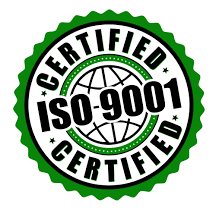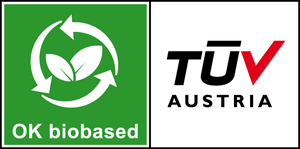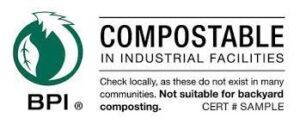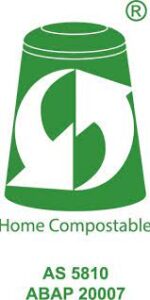A Mission to Disrupt
Bamboo Yoshi is a renewable Eco-friendly company located in the U.S.A that strives to be the global leader in the biodegradable revolution. Plastic, a highly useful and convenient material, is also one of the world’s greatest environmental problems, yet both industry and society are still heavily reliant on its usage. Bamboo Yoshi’s vision is to disrupt this reliance: will biodegradable & compostable products alleviate plastic’s environmental impact?
Materials Circularity:
“Endlessly Recycled and Reused”
The average American goes through 4.5 lbs of waste daily, of which 30% is packaging. Most of the world’s packaging is made with plastic, aluminum, glass and paper. In 2019, the rate of post-consumer waste in packaging among the largest brands in the US was just 6.2%. After being used just once, about 50% of this
packaging is then land filled, destining these raw materials to be wasted forever.
Our envisioned in the future is drastically different: packaging is constantly being reused, recycled and put back into new packaging materials. In this future:
Recycled post-consumer content is ubiquitous, leading to all recycled goods getting purchased, reclaimed and re-manufactured Packaging is reused as often as it can be before then being recycled True recycling (rather than down-cycling) is economically preferred for all materials. Consumers and companies are achieving a 100% recycling rate.
Source reduction is an innate part of all product development and packaging decisions
Achieving this long-term vision requires investments across every aspect of the recycling and re-manufacturing supply chain. Manufacturers, product and packaging companies must invest in capabilities and equipment that enable them to use as much recycled content (and post-consumer content in particular). Consumers must be fully educated on how to recycle effectively and incentivized to recycle everything they possibly can. Materials Recovery Facilities (MRFs) and other single stream recyclers must invest in the equipment, people and processes that allow for the cleanest and most comprehensive sorting possible.
Over 7 Years on the Market
We recognize that business actions alone cannot achieve this vision. Legislative action, community investments, and consumer advocacy are also essential.

Regenerative:
Source Materials That Are Net Positive
Even as we strive toward endless circularity, we understand that new, virgin source materials will need to be created.
We see a future in which all virgin raw materials are regenerative. Regenerative goes many steps beyond “renewable.” Regenerative materials are ones whose production actually improves the environment and strengthens local communities – through things like long-term carbon sequestration, an empowered and well paid workforce, improved soil health and more. Regenerative agriculture is becoming increasingly popular and setting the stage for this concept to take hold across other industries. This type of agriculture (in comparison to industrial and intensive agriculture) focuses on building up topsoil, increasing biodiversity and improving the water cycle. Examples of regenerative agriculture in action are plenty – just watch the Biggest Little Farm for some immediate inspiration.
Today, packaging materials can be made of many inputs – ranging from very nonrenewable (e.g. mined metals, sand, fossil fuels) to renewable but currently highly degenerative (e.g. corn, sugarcane) to potentially regenerative (e.g. trees, hemp, mushrooms, and agricultural waste). Bamboo Yoshi is looking to build a packaging future in which any virgin inputs are made with readily renewable source materials that are produced in regenerative ways (and can ultimately be reused and recycled).
Bamboo Yoshi’s primary goal in achieving this long-term vision is in our exploration and development of packaging solution and materials, especially in instances when fully recycled content is not yet a good option. We also research regenerative materials for non-packaging applications, knowing that this information can help our “Eco-Allies” in their own product development. Finally, we seek to engage with industry associations, community organizations and legislative action can drive innovations in regenerative methods of production.
What’s Next
We are far from the above vision. Today, Bamboo Yoshi - along with other environmentally progressive businesses and citizens - is primarily focused on reducing the negative, and not necessarily aiming for positive ecological and humanitarian impact.
We believe our vision for the future can become a reality as more individuals, businesses, communities, and governments move away from a disposable culture towards one in which people are making holistic, thoughtful decisions and investments. Investments rooted in respect for the human and natural resources that go into how something is created, how something is used, and where something ends up after its initial use.
Our Sustainable Packaging Decision Making Framework helps drive every one of our decisions, to ensure that our actions big and small gradually move us towards this long-term vision.









